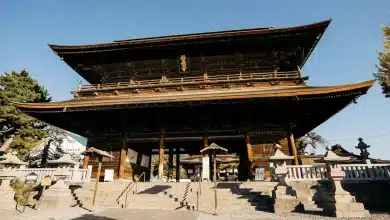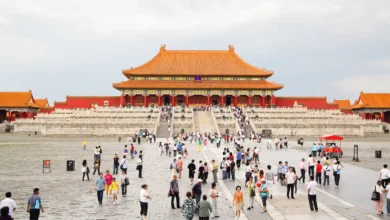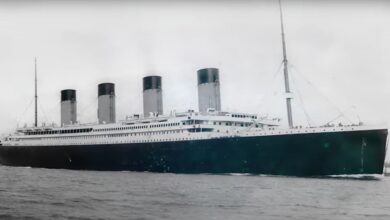Imagine yourself traversing the golden expanses of Rajasthan, where fortresses are built on dunes, and spices fill the air. Imagine being a celebrated chef who creates a five-course masterpiece inspired by the bold cuisine of this land, only to serve it in a palace to royals. In Chef On The Road, the Michelin-rated culinary explorer Ryan Clift embarked on a journey that would take him to the most exotic places in the world.
The Chef’s Journey Begins: The Chef On The Road
Ryan Clift, a celebrity chef from the UK, is not just another celebrity. He is known for his avant-garde cuisine, world-class finesse and for hosting shows around the globe. His television series Chef on the Road explores Asia’s rich culinary terrains. Its premiere episode takes place in the sun-drenched deserts and palaces of Rajasthan.
Ryan, armed with knives and a curiosity for the local cuisine, sets out on a road trip through this desert kingdom. His challenge? To create a five-course meal that reflects the local flavours and serve it to the Maharaja Jaipur at his palace.
This is not about tweaking dal baati churma to suit modern tastes. It’s all about honouring centuries-old food heritage and unearthing ancient survival techniques.
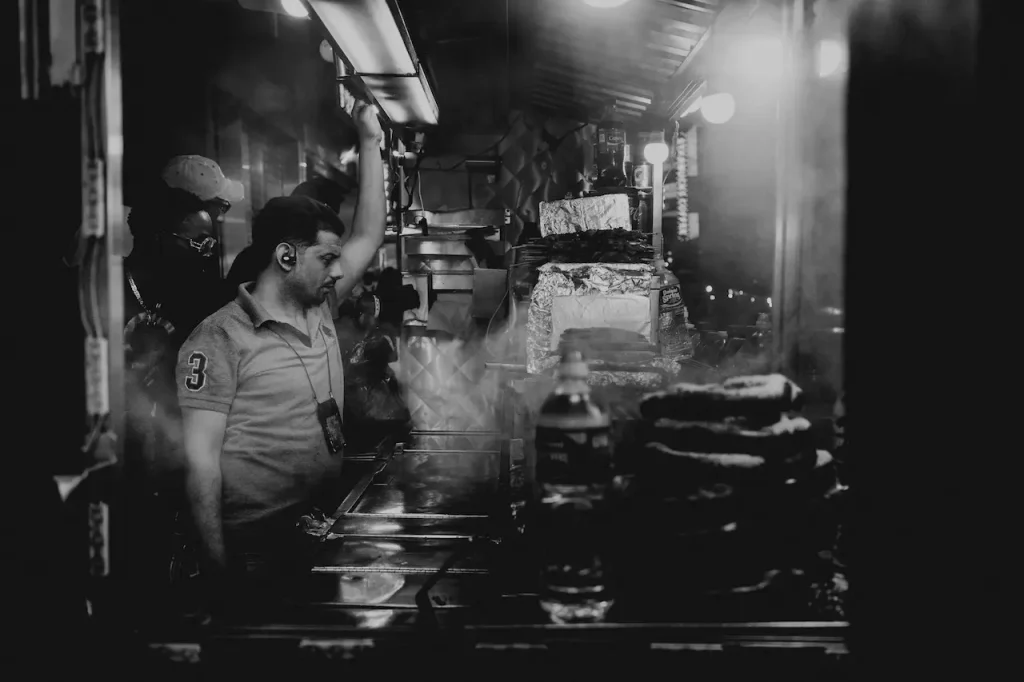
Cruising Rajasthan – Landscapes, Heritage and Flavours
Rajasthan is more than a destination. It’s also a rich sensory tapestry. Ryan’s journey weaved through the textures of the land:
Jaipur – Where tradition meets theatre
Jaipur is also known as the Pink City. It exudes grandeur. Ryan explores architectural wonders, including Amber Fort and City Palace. He also visits the iconic Hawa Mahal with its 350+ latticed windows, which allowed royal women to observe street life without being seen. In these same courtyards, he adapts centuries-old royal food through his lens.
Jodhpur – Echoes from the Blue City
Then, Ryan travels to Jodhpur – the “Blue City” – where the majestic Mehrangarh Fortress dominates the city, offering sweeping views of the city and stories of valour embedded in each stone. In the bustling markets as well as the serene courtyards of havelis, Ryan discovers a variety of staples including ghee-rich thalis, rustic deserts and spices with a lupine strength that are not to be hidden.
Udaipur and Pushkar: A Culinary Spirituality
Rajasthan’s culturally rich towns, like Pushkar with its vegetarian traditions and Udaipur, the romantic city filled with lakes and lavish palaces, embody the serenity of Rajasthani cuisine. Chefs’ creative minds are influenced by their devotion to flavours, hospitality and heritage.
Cooking at the Royal Kitchen: Heritage Meets Innovation
Ryan’s challenge was not just geographical, but also deeply culinary and rooted in history. He embraced the essence and local techniques of Rajasthani cuisine by drawing on regional traditions.
- Desert cooking: a recipe for survival and innovation. Local tribes used to survive on tough ingredients, such as bajra (millet), beans, preserved foods and game meat. These flavours were not preserved by luxury but rather through necessity.
- Culinary Tools and Traditions were simple, but resourceful. They included clay pots, open fires, mustard oil and groundnut oils, dung cakes as fuel, hot stones to grill on, and spiritual rituals that tribe cooks, Jeebanwala, incorporated into their cooking.
- Historic royal plates enhanced the flavours of rugged foods. At palace feasts–like the one Ryan likely mirrored and reinterpreted–awaited dishes such as akhaa palak (mashed spinach), khatto (sour curry), papad mongodi, sufeed maas (white lamb in yogurt), and maas ka soola (skewered kebabs), paired with breads like makki roti, pickles, chutneys, and rich desserts.
Ryan did not dilute tradition by combining these foundations and modern culinary techniques. He elevated it.
A Road Trip That Fed Royalty – and the Soul
Imagine this sequence: Ryan driving along mustard-yellow dunes, the arid air carrying tales of centuries gone by. He stops in a village to taste laal mash and enjoy the smoke from the tandoors. He buys spices from the market preacher and watches as artisans grind wheat into flour for Chakki ki Sabzi.
In the royal kitchens in Jaipur, he then unveils his creation – five courses that each represent a different aspect of Rajasthani land and culture.
- A simple appetiser with tribal roots.
- A sour and tangy soup, or sabzi, that draws on local pickling traditions or khatto.
- A meaty centre that reminds you of the yogurt-marinated kebabs and white lamb curries.
- Breads Reinterpreted — like corn roti, but with a twist.
- A dessert with wild roasted ingredients, jaggery or millet.
He serves it with royal finesse, not in sterile surroundings, but among tapestries, thrones and the curious gaze of a Maharaja.
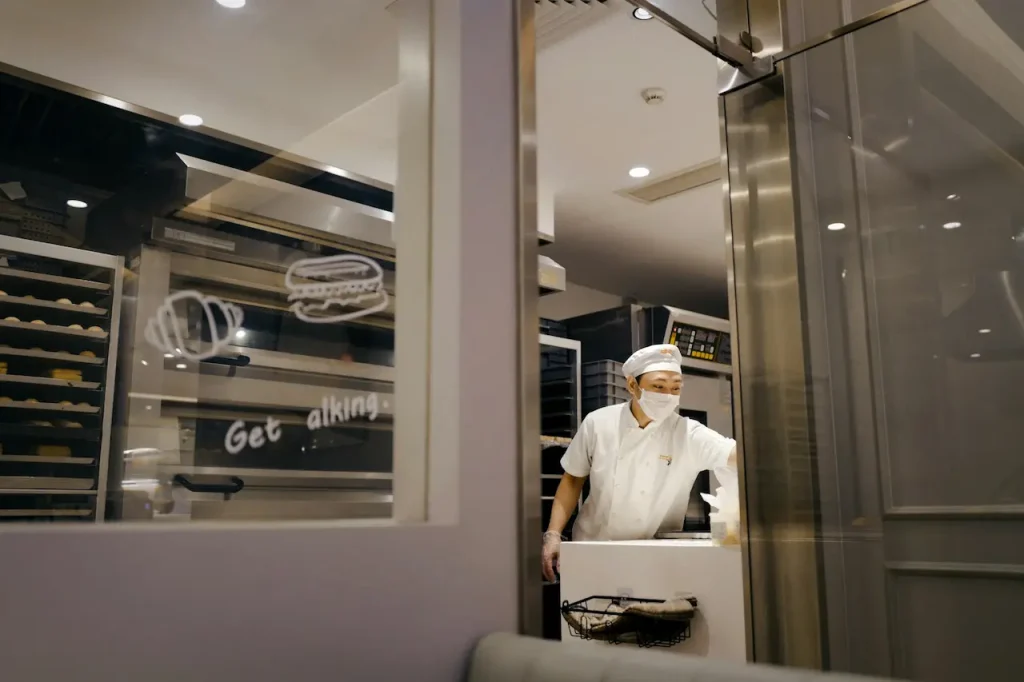
Beyond cooking shows: Why this matters
The road trip of Ryan Clift is more than just culinary entertainment. It’s also a cultural exchange and a story told through food.
- Geography shapes taste. Rajasthani regions, whether arid Marwar or riverless Mewar and desert Jaisalmer, all have their own climates that influence food.
- The importance of tradition. The food that was originally meant for desert families and warriors has evolved into a rich, spicy, and fearless royal cuisine.
- Innovation that respects the roots. Ryan’s style combines refinement and respect, which makes for culinary magic.
Epilogue – When a road trip becomes a feast
The true spice of The Chef on the Road is not in the plate, but rather in the journey. From clay pot kitchens and marble palaces to tribal traditions and modern tables. From dusty roads to halls that are gilded with history.
Ryan Clift’s story in Rajasthan reminds us that food is more than just fuel. It’s also about geography, heritage and love. And it’s the story behind each grain and garnish. He did not just cook for the Maharaja; he invited him to sit at Rajasthan’s large and flavorful table.

